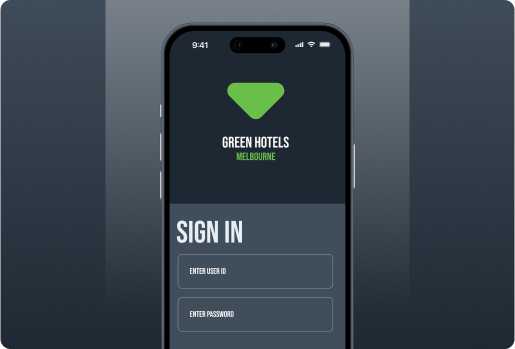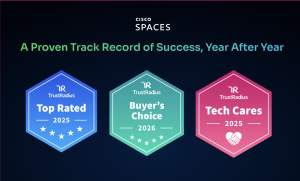
In an age where providing internet connectivity to customers has become a necessity, captive portals have become an efficient, streamlined method of onboarding users securely. One of the main reasons for its increasing popularity is the many benefits it brings to the enterprises and businesses that chose to use it. Let’s take a closer look at what this technology is and how it benefits both the network provider and the user.
What is Captive Portal Wi-Fi Onboarding?
Captive portal Wi-Fi onboarding is a process used by network administrators to manage and control access to a public wireless network. It involves a web page (portal) that appears automatically when a user tries to access the internet through the Wi-Fi network. Before granting access, the captive portal requires the user to perform specific actions such as providing login credentials, accepting terms and conditions, or even viewing advertisements.
A Tool For Efficient Wi-Fi Onboarding
A captive portal acts as a gateway between a wireless network and the end user wanting to connect to it. Before gaining internet access, users are required to login in, register, or accept terms and conditions. This method of Wi-Fi onboarding is particularly beneficial for businesses and public spaces looking to provide customers with secure, controlled access to their networks.
Benefits of Using Captive Portals for Wi-Fi Onboarding
1. Secure Network Access
The primary purpose of a captive portal is to maintain network security by limiting access to authenticated users only. This not only prevents unauthorized access but also safeguards the network from potential threats.
In corporate offices for instance, data security is of critical importance. Using a captive portal can ensure that only employees connect to the company’s network, safeguarding it from external threats. The same applies for any public Wi-Fi hotspot. Captive portals prevents malicious activity by limiting access to authorized users only.
2. Enhanced User Experience
A captive portal can be customized to reflect the brand’s identity. It can offer a personalized welcome message or information specific to the location or user demographics. This significantly enhances the end user experience and promotes brand recall and loyalty.
The hospitality industry is a good example for this. Hotels provide guests with a custom portal that not only facilitates Wi-Fi access but also showcases amenities and services, enhancing guest experience and satisfaction.
Similarly, retail stores and restaurants use captive portals to deliver coupons and offers to customers, based on their shopping preferences.
3. User Insights & Customer Data
Captive portals can allow users to opt-in and provide the business with their contact information, shopping preferences, etc. This makes it an important tool for customer data collection, in addition to providing insights such as guest login frequency and duration of use. This information helps businesses understand their customers better and tailor services accordingly.
For example, in retail captive portals can give businesses a better idea of network usage and dwell time within their stores. This data can enable them to improve store layouts and product placement, as well as to push targeted promotions.
4. Legal Compliance & Liability Protection
Enterprises and businesses can design their captive portals to require users to accept terms and conditions before receiving network access. This can include legal disclaimers to limit the organization’s liability and ensure compliance with legal regulatory standards.
Public Wi-Fi networks in cafes and airports often use captive portals to inform users about network data usage policies. They can also be used to disclaim user activity on the network, adhering to legal requirements.
5. Revenue Generation
Captive portals can also serve as a means of bringing in additional revenue. They can be used as a platform for advertising and partnership opportunities, opening up new revenue streams.
Airports and hotels can use it to offer tiered Wi-Fi access, allowing basic access for free and high-speed/unlimited access for a fee or as a package. This is a lucrative way to monetise network access.
In the case of a retail store or restaurants, the captive portal page can be used to advertise in-house promotions and new products. They can also be used to advertise products of affiliates and generate commission.
Captive Portals via Cisco Spaces
With Cisco’s robust infrastructure and the intuitive Spaces platform, implementing captive portals has never been easier or more effective. The Spaces solution caters to a wide array of industries, from education and hospitality to retail and education, ensuring reliable and secure Wi-Fi onboarding tailored to specific business needs. Additionally, Cisco Spaces offers comprehensive support and customization options, making it a go-to choice for businesses looking to leverage the advantages of captive portal technology. Cisco Spaces has consistently been reviewed as a best in category on Gartner Peer Insights, for indoor location services.
Book a demo and try Cisco Spaces captive portals for free today.


